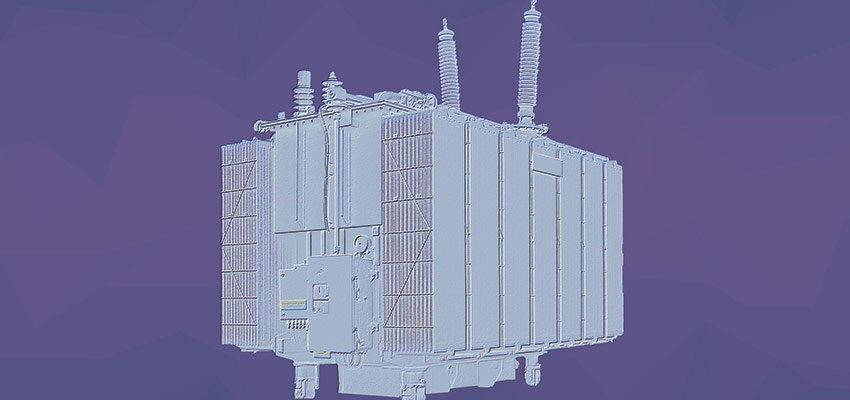
Column: Tap-changer know-how
Hermetical sealing of transformers and tap-changers 1. Introduction Every oil-filled electrical equipment must be able to handle a certain thermal expansion of the oil, which...
byRainer FROTSCHER

Hermetical sealing of transformers and tap-changers
1. Introduction
Every oil-filled electrical equipment must be able to handle a certain thermal expansion of the oil, which is caused by varying oil temperatures due to load changes of the equipment and/or fluctuations in ambient temperature. With the coefficient of thermal expansion av estimated to 0.7·10-3 1/K, the oil volume varies for approximately 10% within the standard operating temperature range between -25 to +115°C. This volume fluctuation must be compensated by appropriate means. For transformers and on-load tap-changers (OLTCs), expansion tanks are commonly used, which are mounted typically with 0.5 to 5 m elevation above the tank or head cover, and so provide a light static overpressure. In special cases, elevations of 10 m and more are realized. Assuming an oil volume of 40,000 litres for a power transformer, the expansion tank must have a capacity of more than 4,000 litres. OLTC oil compartments contain between 125 and 1,000 litres of oil, so their expansion tanks must be designed for volumes between 16 and 190 litres. When both systems are filled with oil, it must be ensured that the expansion tanks do not overflow at maximum oil temperature and do not run dry at minimum oil temperature. The inside of the expansion tanks is usually connected to ambient air via dehumidifying cartridges (breather) to prevent the oil from collecting moisture from ambient. It is an essential requirement to avoid excessive moisture in insulating oil, as moisture lowers the dielectric strength of the oil and accelerates cellulose ageing. Dehumidifying cartridges contain a water absorbing granulate which must be exchanged or dried when saturated with moisture. Saturated granulate can easily be detected by a colour change, so regular control is necessary, in case no self-drying dehumidifying breather system is used.
The oil can be protected against direct contact with ambient air by applying sealing measures, which will be discussed in the following. With this, oxidative ageing processes of the oil and cellulose are extremely decelerated and moisture ingress is minimized. The oil is preserved, which reduces maintenance expenditures and enables higher loading without accelerating the ageing process. Standard-grade non-inhibited oils can be used as well as natural ester liquids, which are known as liquids with limited oxidation stability.
2. Sealing methods for transformers
- The simplest method to prevent the oil from permanent contact with ambient air is to use a sealed-tank design, as shown in Fig. 1.

Figure 1. Sealed tank design







